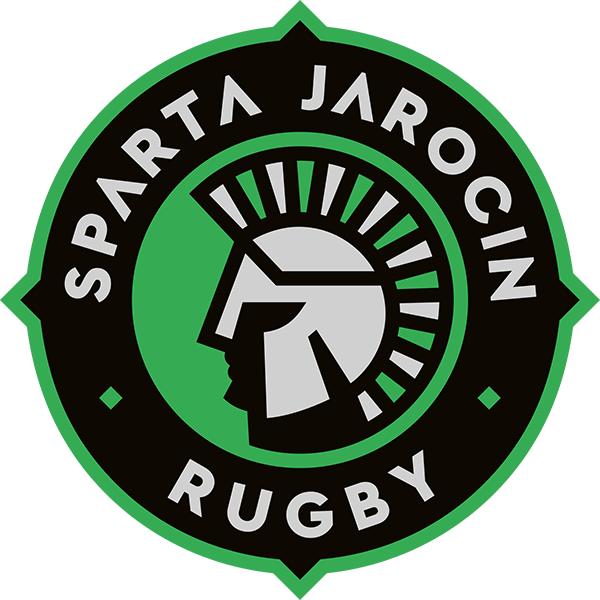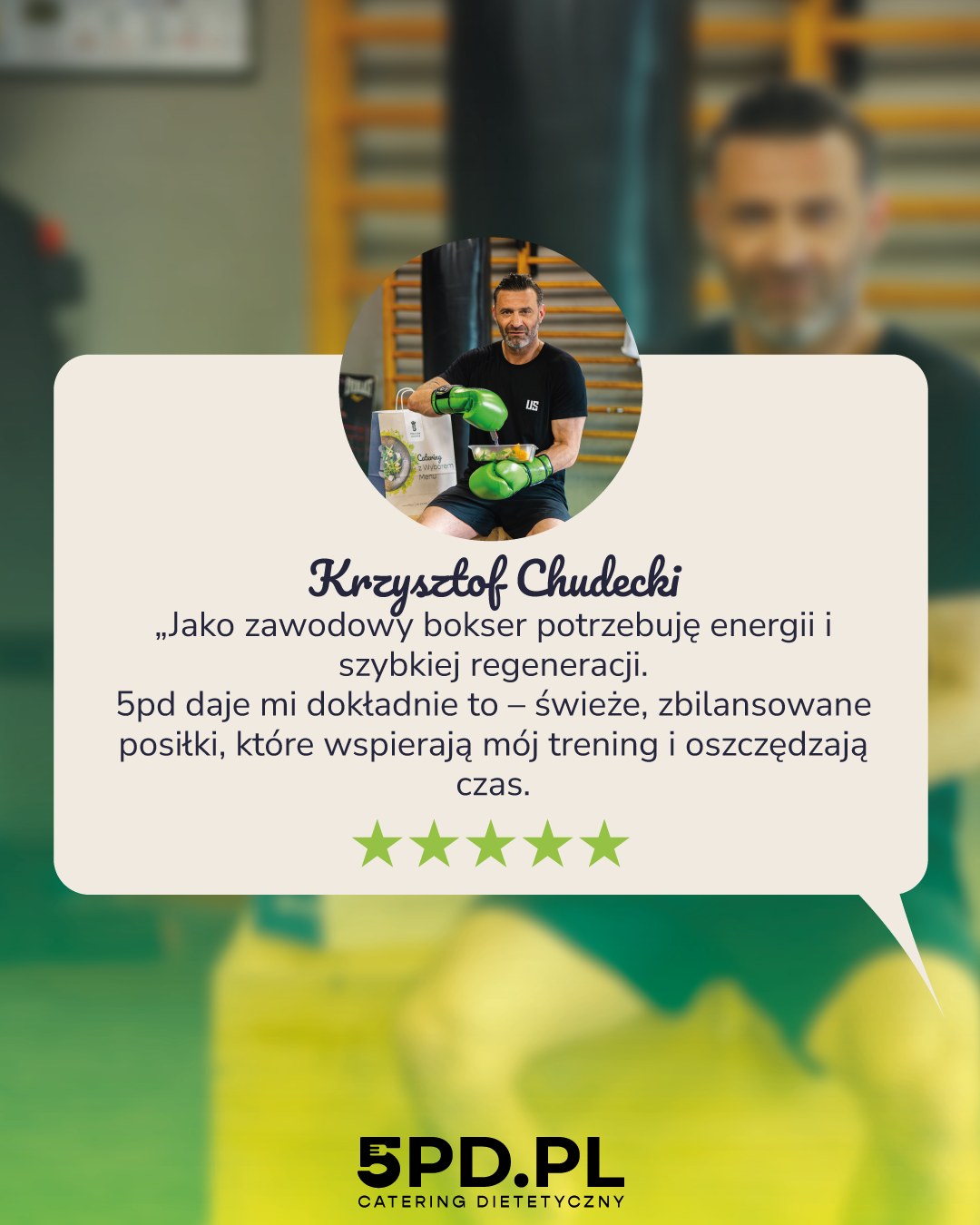Proven recipes — who creates your menu and how
When you open a diet-catering box, you see a finished meal. But where did this exact set of ingredients, those proportions, that flavor come from? Many people think it’s just a matter of counting calories and tossing something into a container. The reality is completely different. Behind every dish stands a team of specialists, a long testing process, and constant listening to what customers say. Let’s see what the journey really looks like—from idea to the meal that lands on your table.
From idea to plate — how the menu is created
Building a menu in professional diet catering is a process that begins long before the first vegetable is chopped.
Research and trend analysis are the foundation. Dietitians track new scientific publications, updates to dietary guidelines, and culinary trends. What’s fashionable today isn’t necessarily healthy—and vice versa. Their job is to separate facts from marketing noise and choose what truly benefits health.
Customer surveys and feedback are a constant source of insight. We regularly ask: what did you like, what did you miss, what would you change? These aren’t courtesy questions—your answers go straight to the menu team. If most customers ask for more one-pot dishes or more fish, that’s a signal for the head chef and dietitians.
Feedback also flows in from social media and customer service. We see what you praise, what you critique, and what you ask about. Sometimes a single sentence in a comment sparks a new dish or a tweak to an existing one.
Once we have a concept, it’s time for sensory testing. It’s not only about whether a dish is healthy—it first and foremost has to be tasty. The head chef and team test different versions: spices, proportions, cooking techniques. The dish is cooked, tasted, scored, adjusted—and the cycle repeats. Sometimes the tenth version beats the first.
The approval process is the final stage. A dish needs a green light from three sides: the dietitian (nutrition profile, macro and micro balance), the head chef (flavor, aesthetics, feasibility), and the production director (can we scale it, will it be repeatable). Only then does it enter the menu.
The team behind the menu — who does what
A menu isn’t the work of one person. It’s the result of collaboration in which everyone has a role.
The Head of Product Creation & Dietetics owns strategy and vision. This person looks at the menu holistically: Are the diets complete? Do they meet different customer needs? Are they aligned with the latest science? They analyze market trends and customer data and set the direction for the offer.
The Head Chef is the master of flavor and technique. Their task is to turn dietary assumptions into concrete, delicious dishes. They know which ingredients pair well, which techniques bring out the best taste, and how to plate a meal so it still looks appetizing after transport and refrigeration. They experiment with spices, textures, and cooking methods.
The Production Director views everything through the lens of feasibility. You can invent the best dish in the world, but if it can’t be prepared at scale for hundreds of customers daily, it remains theory. The production director knows what’s realistic, how to organize processes to keep quality at scale, and how to ensure repeatability.
It’s precisely the collaboration between the dietitian and the chef that delivers what you’re after: meals that are not only healthy but genuinely tasty. A dietitian might say, “we need 30 grams of protein in this dish,” but it’s the chef who decides whether that’s a bland chicken breast or aromatic herb chicken with quinoa and roasted vegetables.
Their day-to-day work includes meetings to discuss new ideas, analyzing customer feedback, testing new ingredients and techniques. It also means supplier visits, raw material quality checks, and training the kitchen team. The menu isn’t created once and forever—it’s continuously improved.
Balancing flavor and nutrition
The biggest challenge in diet catering is combining health and taste. It’s not enough to count calories—they need to come from the right sources.
Balancing macronutrients is essential. Protein should come from varied sources—meat, fish, legumes, dairy. Carbohydrates—from whole grains, vegetables, fruit. Fats—from nuts, avocado, high-quality oils. Every meal is a puzzle in which all the pieces must fit.
Micronutrients and vitamins are the next level of complexity. A diet may be perfect in calories and macros, but if it lacks iron, vitamin D, or omega-3s, it’s not complete. Dietitians analyze the menu to ensure daily requirements for all key nutrients are covered.
Variety vs. repeatability is another balancing act. No one wants to eat the same thing all week. On the other hand, too much variety complicates production and quality control. The solution? A rotational menu, where dishes recur in a thoughtful pattern that guarantees weekly variety.
Seasonality is not just an eco trend. It’s primarily about taste and nutrients. Tomatoes in July are nothing like tomatoes in January. That’s why the menu changes with the seasons—more pumpkin and beets in autumn, more fresh vegetables and fruit in summer.
Special diets — when extra precision is needed
Some diets require not only knowledge but also experience executing them at scale. That’s where clinical dietitians come in.
Clinical dietitians are specialists who have worked with patients—they understand how specific ingredients affect the body in different health conditions. This isn’t just textbook theory; it’s real experience composing elimination, therapeutic, and treatment-supporting diets. Equally important is catering experience—designing a diet for one person is one thing; engineering it for hundreds daily is a different skill.
The ketogenic diet demands precise macro counting. There’s no room for error—just a few extra grams of carbs can kick the body out of ketosis. The quality of fats matters just as much: coconut oil, olive oil, avocado, nuts—these aren’t substitutes but a deliberate selection of energy sources.
The FODMAP diet eliminates fermentable carbohydrates—often the only path to comfort for people with IBS. The challenge? FODMAPs are everywhere: onions, garlic, many vegetables, fruits, dairy. Creating a diet that removes FODMAPs yet remains complete, tasty, and varied is a real feat.
Vegetarian and vegan diets demand special attention to complete plant protein. Removing meat isn’t enough—you must replace it so the body receives all essential amino acids. Tofu, tempeh, legumes, nuts, seeds—each ingredient plays a role.
Lactose-free and gluten-free diets require not only ingredient selection but also prevention of cross-contamination in production. We wrote about this in the certificates article—here that knowledge goes hand in hand with the expertise of clinical dietitians.
A team that listens and creates
A professional diet-catering menu is the result of a team of specialists combining scientific knowledge with culinary experience and the ability to listen to customers. It’s a process in which every meal is thoughtfully designed, tested, and approved by people for whom health and taste are not opposites but partners.
When you open your box, you now know it’s not a random set of ingredients. It’s the result of research, testing, surveys, and the work of people who want you to eat healthily—and with pleasure.



























